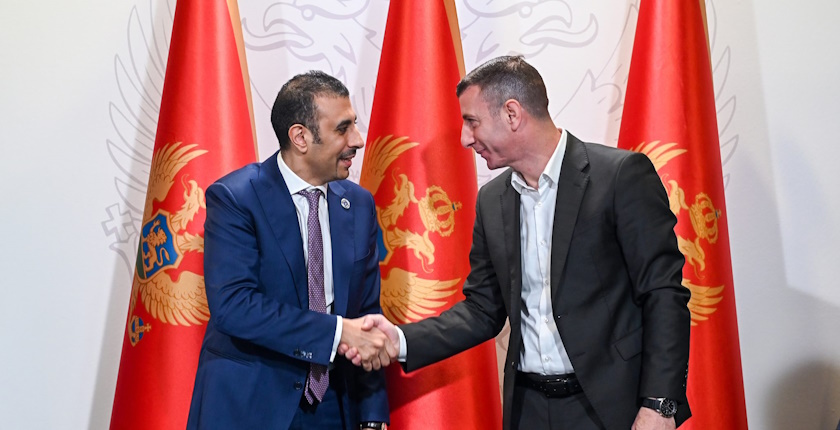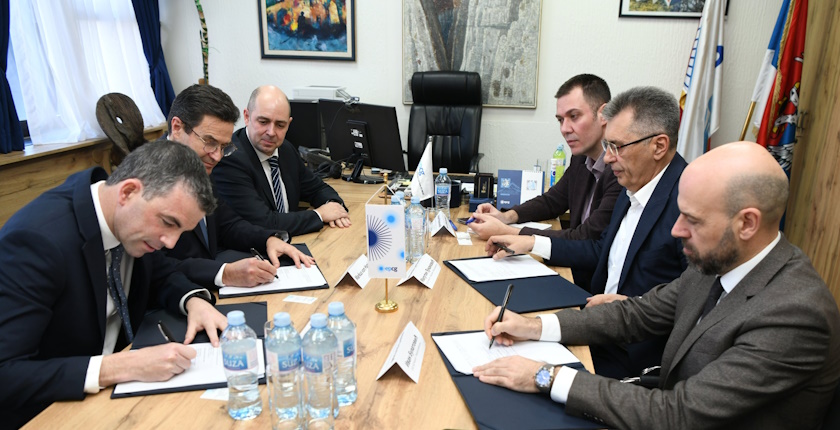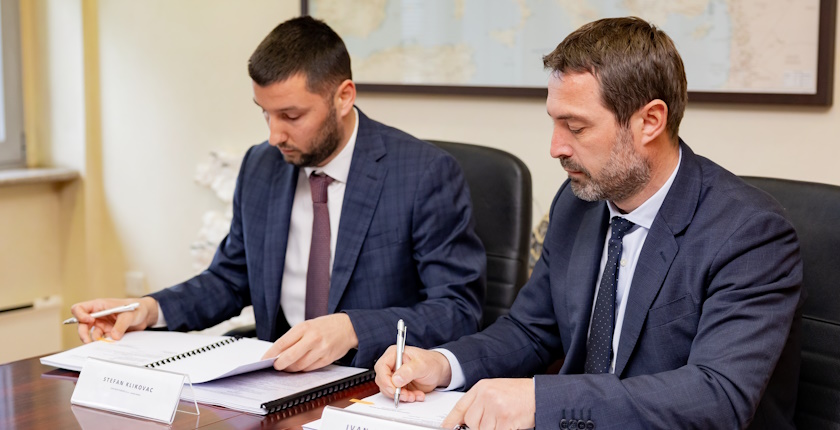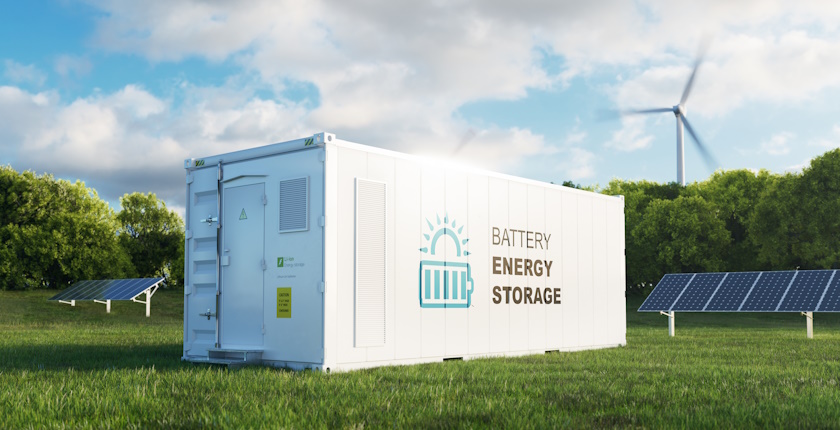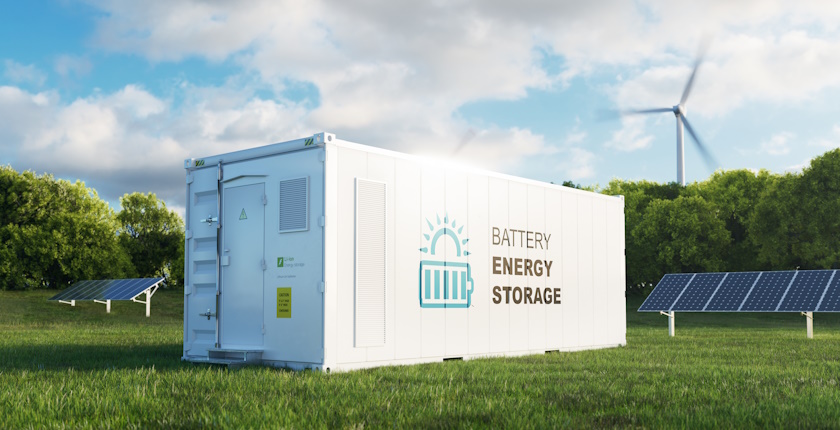
Montenegro’s EPCG to launch public call for 300 MWh of batteries
Montenegro’s state-owned power utility, Elektroprivreda Crne Gore (EPCG), intends to invite bids by the end of the year for the installation of battery energy storage systems.
President of EPCG’s Board of Directors Milutin Đukanović has said that the company’s business philosophy is based on three principles – production at the point of consumption, use of hydropower for the integration of solar energy, and energy storage.
Speaking at a conference on regional power companies and their plans for the future, organized by Energija Balkana, Đukanović highlighted batteries as one of the key enablers of the green transition.
“By the end of year, EPCG will announce a public call for the procurement of battery energy storage systems (BESS) with a capacity of 300 MWh,” he said, according to EPCG.
EPCG plans to finish two more large-scale projects by the end of 2026
EPCG also plans to complete two large-scale projects by the end of 2026 – the construction of the Gvozd wind power plant and the installation of the A8 unit in the Perućica hydropower plant, according to him. About a month ago, the company held a groundbreaking ceremony for Gvozd, and in September it secured a loan for a new unit at HPP Perućica.
Energy Minister Saša Mujović recently said that a feasibility study was underway for electricity storage projects. The planned locations are at HPP Perućica, the former Željezara Nikšić steel plant, and the Pljevlja coal mine. These locations have available capacity for grid connections.
In September, EPCG said that it had started preparations to install batteries.
EPCG intends to install lithium-ion batteries
The Board of Directors has adopted a project task proposal and announced the launch of a public call for a feasibility study and project design.
The company plans to secure the flexibility of the power system by developing storage systems based on lithium-ion batteries, EPCG said.


